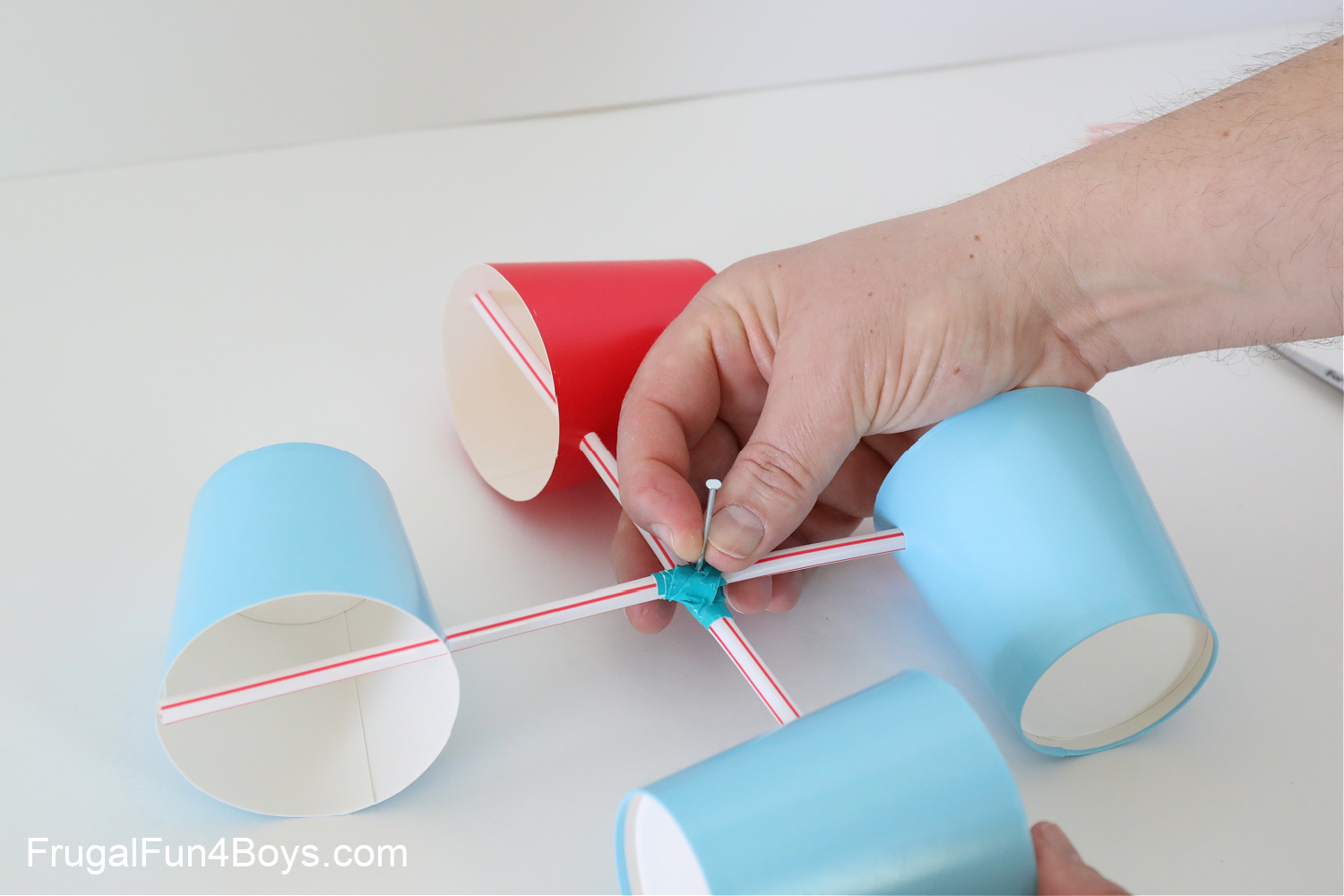Discovering the Functions and Benefits of Anemometers for Weather Lovers and Experts
From cup anemometers to sonic anemometers, each kind brings its distinct set of benefits and applications, shedding light on different facets of atmospheric problems. As we delve into the features and benefits of anemometers, a much deeper understanding emerges not just of dominating weather condition sensations however also of the more comprehensive implications for fields like wind energy production and ecological research.
Relevance of Anemometers in Weather Condition Surveillance
Anemometers play a vital duty in weather condition tracking by giving exact measurements of wind rate, aiding in forecasting and understanding weather condition patterns. These tools, varying from traditional cup anemometers to modern ultrasonic anemometers, are crucial for meteorologists, researchers, and weather enthusiasts alike.

Kinds Of Anemometers and Their Applications
The most usual types of anemometers consist of cup anemometers, vane anemometers, hot-wire anemometers, and ultrasonic anemometers. Mug anemometers consist of three or 4 cups placed on horizontal arms that revolve with the wind, measuring its rate. Vane anemometers, on the other hand, make use of an easily rotating vane to line up with the wind direction, supplying both wind rate and direction dimensions.
Cup anemometers are suitable and durable for basic climate monitoring, while vane anemometers are favored for directional measurements. Ultrasonic anemometers are non-intrusive and use high accuracy, frequently utilized in study and specialized climate monitoring applications.
Advantages of Using Anemometers in Forecasting
In weather forecasting, the usage of anemometers uses very useful benefits for improving the accuracy of weather condition forecasting. Anemometers measure wind rate and instructions, supplying vital information for anticipating weather patterns. By integrating wind data into projecting designs, meteorologists can better understand the activity of weather condition systems, expect modifications in weather, and problem much more precise projections.
Additionally, anemometers play an important function in assessing potential weather condition risks. Keeping an eye on wind speeds aids forecasters anticipate severe climate events such as hurricanes, hurricanes, and winter season storms with higher accuracy. This very early warning system enables authorities to provide timely informs and execute essential security measures, reducing the dangers to life and residential property.
In addition, anemometers aid in maximizing renewable resource production. By evaluating wind patterns, meteorologists can recognize ideal locations for wind farms and predict power result, adding to the reliable generation of wind power.

Anemometers in Wind Energy Manufacturing
Provided the essential function anemometers play in providing this post precise wind data for weather condition projecting and hazard assessment, their relevance includes the realm of wind power manufacturing. Anemometers are crucial instruments in the field of wind energy, where the measurement of wind speed and instructions is crucial for identifying the expediency and effectiveness of wind generator setups. By properly gauging wind rates at differing elevations, anemometers aid maximize the positioning and layout of wind generators to take full advantage of power outcome.
In wind ranches, anemometers are browse this site purposefully put to gather real-time wind data that is utilized to evaluate the potential power production of a website. This information is critical in figuring out the financial feasibility of wind energy projects and in forecasting power generation to make certain grid security. Furthermore, anemometers aid in keeping track of wind conditions to optimize turbine efficiency, stop damage from high winds, and guarantee the safety of employees operating in the area of wind turbines.
Enhancing Weather Recognizing With Anemometers

Anemometers play a crucial function in improving our understanding of microclimates. These localized weather condition conditions can vary considerably from broader regional projections, making Home Page it necessary to have exact information for details locations. anemometer. By purposefully positioning anemometers in various locations, researchers can gather comprehensive information on just how wind behaves in various terrains, urban settings, or bodies of water
In addition, anemometers add to enhancing weather projecting versions by offering real-time data on wind actions. This info is particularly valuable for forecasting extreme weather condition events, maximizing agricultural practices, and sustaining industries like aeronautics and maritime navigating. In general, anemometers are very useful tools that enable us to dig much deeper into the intricacies of climate systems, ultimately causing even more accurate predictions and better-informed choices.
Conclusion
In verdict, anemometers play an essential function in weather tracking and projecting by measuring wind speed and direction. Anemometers also have applications in wind power manufacturing, further highlighting their value in both meteorology and sustainable energy markets.
From mug anemometers to sonic anemometers, each kind brings its unique set of advantages and applications, shedding light on various elements of atmospheric conditions. These instruments, ranging from standard mug anemometers to modern-day ultrasonic anemometers, are vital for meteorologists, scientists, and climate fanatics alike. The most usual kinds of anemometers consist of mug anemometers, vane anemometers, hot-wire anemometers, and ultrasonic anemometers. Mug anemometers are durable and appropriate for basic climate surveillance, while vane anemometers are preferred for directional dimensions. Anemometers are necessary tools in the area of wind energy, where the dimension of wind rate and direction is crucial for establishing the expediency and performance of wind generator setups.
Comments on “How an Anemometer Can Enhance Your Weather Monitoring System”